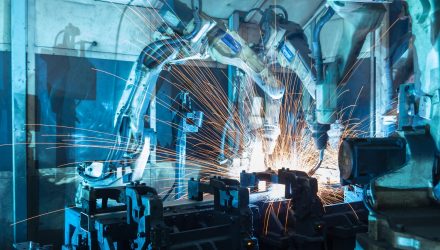By Mariane Davids
To me, it feels like the future we’ve all waited for and saw in movies is drawing near. Seeing constant new technological achievements and breakthroughs, ranging from new 3D printers that can work with many different materials to complex robotics systems and new machines that make manufacturing easier, it seems like that sci-fi future is upon us.
But can you imagine how these futuristic factories and manufacturing will look just a couple of years from now? Let’s talk about the technologies that are going to have a great impact on factories and offer an open-minded perspective on what they will look like in the near future.
The implementation of collaborative robots
Even though robots aren’t exactly a new sight in factories, there are constantly new and innovative ways in which they are used. In the beginning, robots were designed to handle a single part of the process and do repetitive tasks but now, with advanced programming software and safety mechanisms, robots are working together with humans on production lines.
These collaborative robots, which are sometimes referred to as cobots, are machines designed to work with and help human workers. They can not only handle repetitive jobs to improve consistency, increase productivity, and minimize mistakes, but can also help humans be more productive as well. At the same time, factory employees have more time to work on creative tasks and get more involved in the process.
Fully automated manufacturing
The whole manufacturing industry has improved multiple times when it comes to adopting and perfecting various technologies, including automation. Repeatable processes are getting better and better and are being used in various aspects of work. However, automation is far from perfect and there is still room for improvement.
At the same time, more factories are automating their processes, as there are many still falling behind on implementing these technologies. By 2020, the number of industrial robots will reach 3 million, which is almost double than the current number.
